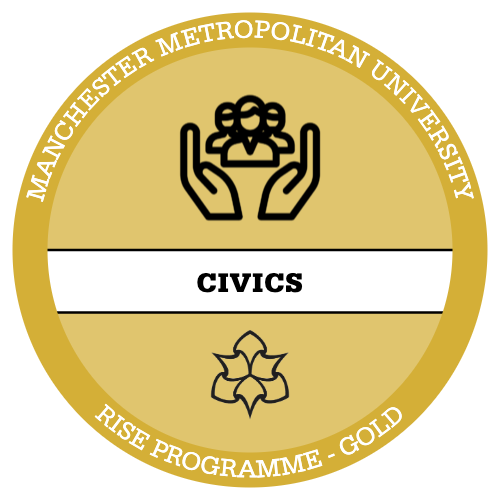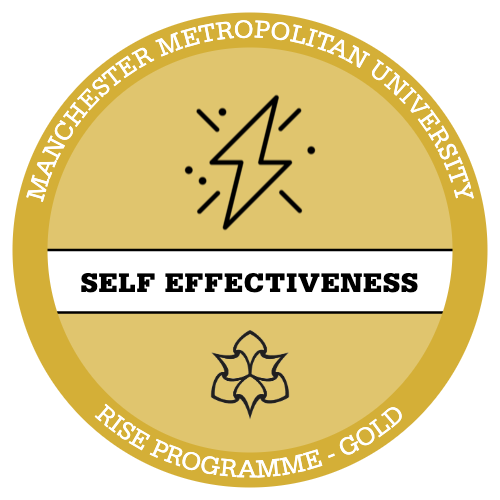Introduce
In order to be able to understand how children feel, it is important to listen. This allows professionals to establish the child’s perspective and understand where they might need support with their emotional and social development. This can be particularly challenging when babies and young children are not yet verbal. However, if professionals only align with the views of parents and caregivers, key information might be missed. Creating a bigger picture of the lived experienced of a child, gives valuable insight into their wellbeing.
Hear more about why listening to infants is so important from Dr Madeline Marczak, Principal Clinical Psychologist, Manchester Foundation Trust:
Develop
A multi-layered approach to listening to children and hearing their voices is essential. It is important that adults themselves do not create barriers to hearing the voice of the child by making assumptions about what children can and cannot do. Listening to young children can’t be rushed, time needs to be spent observing and understanding each unique child and the dynamics with the parents and caregivers.
In the next video, Dr. Madeline Marczak continues to examine the importance of listening to infants’ voices, exploring why it can be challenging and why trauma-informed, safe conversations are essential for truly understanding the infant’s lived experience:
You can find the guidance referenced by Dr Madeline Marczak below:
Read: Reflecting on parent-infant relationships: a practitioner’s guide to starting conversations
This guidance helps to explore the role of observation and how a practitioner might build up a sense of where any difficulties might lie for an infant. The emphasis here is that ‘although we cannot ask babies about their relationship with their parent or carer, by watching them closely we can begin to understand their experience of the relationship.’ Make some notes reflecting on how the role of observation can give babies a voice.
Reflect
Stop and Reflect: Spend some time reflecting on the following questions:
– Why might some children be listened to more than others?
– How might you respond creatively to capturing the voice of the child? Why is this insight important?
– What do you find particularly challenging about capturing the voice of the child?
Optional
You can find lots of practical and creative ways of gathering the views of children in the following document:






